AstrHori 18mm f/8 Probe Lens Review: Confusing Name, Confusing Results
Venus Optics had a big hit with the original Laowa 24mm f/14 probe lens. What first garnered snickers and jokes, proved to be a unique video lens and the peri-probe lens with a 90-degree rotating end soon followed. Now Laowa has some serious competition from a company with a name I struggle to pronounce.
AstrHori sell a few probe lenses, but I recently evaluated the new 18mm f/8 probe lens made specifically for APS-C sized sensors. Before we collectively disregard the lens as APS-C only, consider that there are many capable video cameras with cropped sensors.
Fujifilm, Sony, Canon, and many others offer excellent hybrid cameras with APS-C sensors and many full-frame cameras also record well in an APS-C cropped format. There is definitely a market for this lens. For the testing purposes we used the full-frame Laowa on a cropped APS-C body so as to be able to compare the lenses against each other fairly.
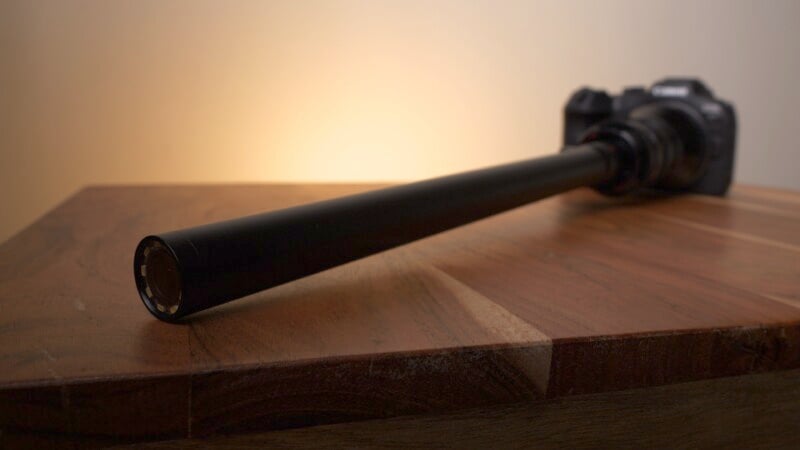
AstrHori 18mm f/8 Probe Lens: Handling
Oddly, the AstrHori 18mm is physically larger than the Laowa lens, although the dimensions of the barrel itself are similar. Just as we find on the Laowa, there is an integrated LED light set up surrounding the front element with a USB-C port on the side of the lens for power. The AstrHori probe does have toothed focusing and aperture rings, which is a serious boon for anyone wanting to hook this probe lens up to a motorized rig.
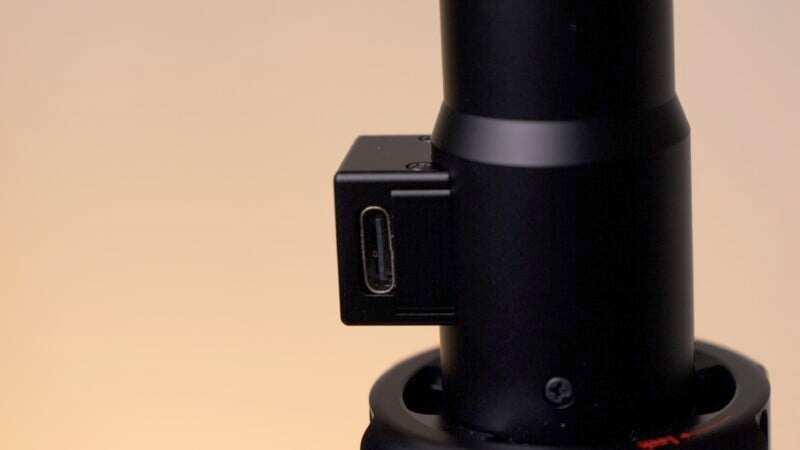
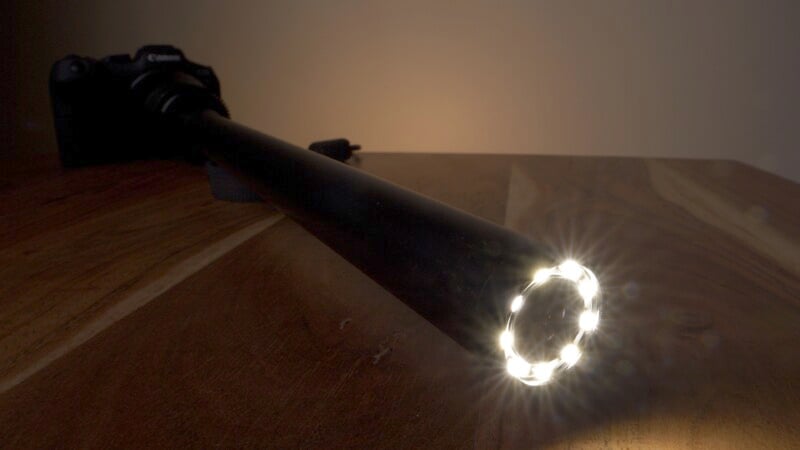
The lens also has a locking ring to facilitate removal of the lens assembly, which will perhaps allow for a 90-degree orientated lens in the future. The lens itself is fully waterproof up to the USB port, which is very important for a lens that can probe the depths of whatever your latest video shoot entails.
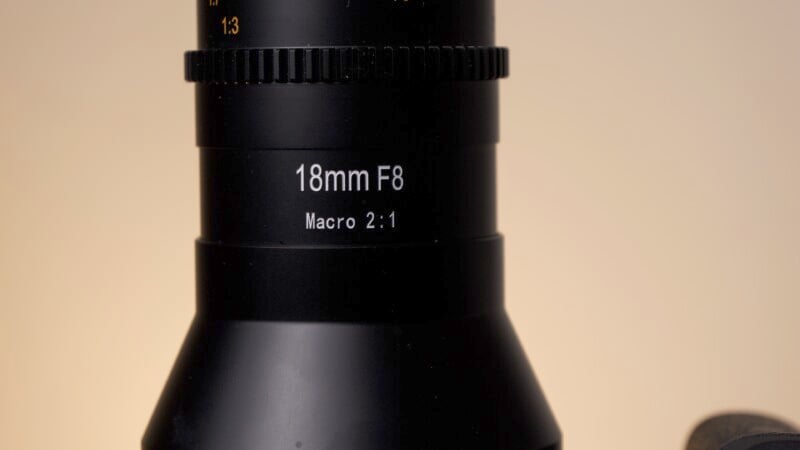
AstrHori 18mm f/8 Probe Lens: Image Quality
When I first reviewed the Laowa 24mm probe lens, I found the sharpness to be perfectly acceptable for video applications. To be honest, I was more enamored with what a probe lens could do. Visually, the close-up capabilities and immersive nature of the shots was more interesting than the actual sharpness.
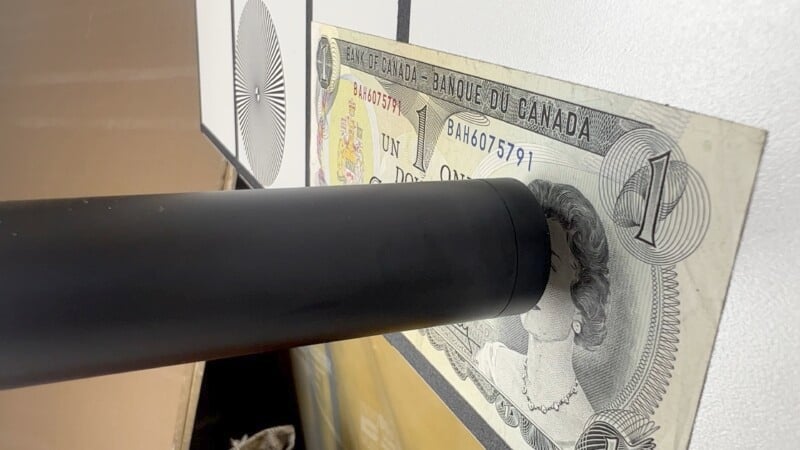
However, using the AstrHori 18mm I was happily surprised by how much better the image quality is by comparison to that past experience. Even wide open at f/8, the detail is excellent and only gets better stopping down the aperture a bit. The lens is sharp right across the frame, too. Corners are nice and clear even when focused in the center of the frame. The AstrHori also focuses closer than the Laowa with slightly more magnification; a nice touch for a lens that does it’s best work up close.
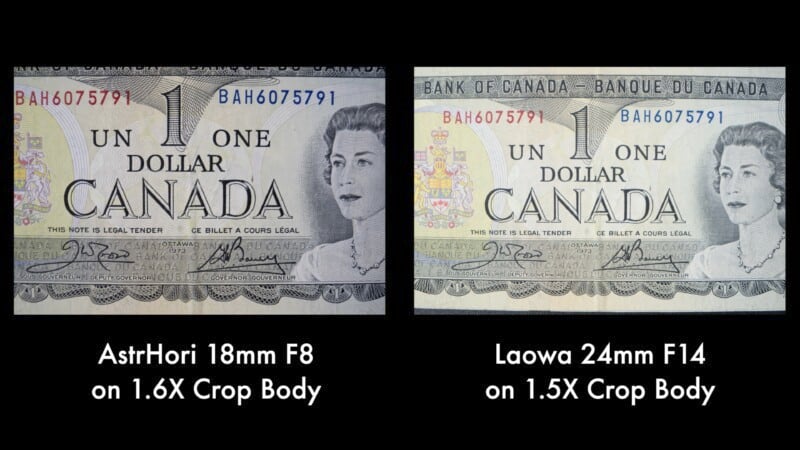
Getting as much light as you can to the sensor is always a good thing. The AstrHori, with its f/8 maximum aperture, facilitates this better than the Laowa. Even when you consider the benefit that the Laowa would have in front of a full-frame sensor, and the disadvantage the AstrHori lens would have on a smaller APS-C camera, I still think the AstrHori has the edge with it’s considerably faster aperture.
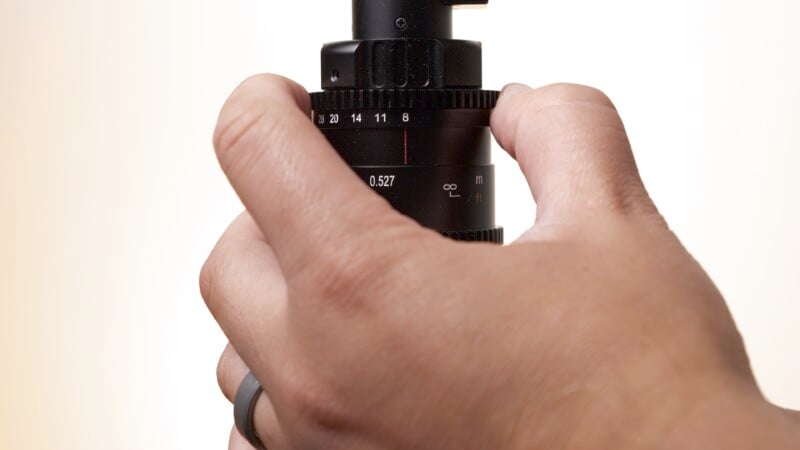
AstrHori 18mm f/8 Probe Lens: The Confusing Part
When we use a probe lens to create immersive shots, we are trying to pass the lens through our subjects or pass just over them. The closer, the more dramatic.
Motorized sliders are almost a must, but the other way to create drama is to go wider. So when we saw the 18mm focal length on the AstrHori we were excited to try it. The Laowa can absolutely be used on APS-C bodies but it’s 24mm focal length will be cropped to 36mm or tighter. The AstrHori 18mm will crop to only 27mm or so, and indeed at further distances it is substantially wider.
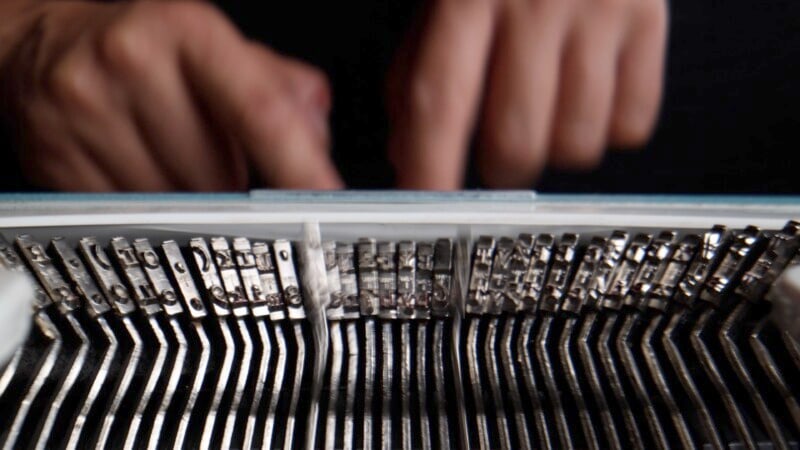
However, we were surprised to find out that at the close-up ranges we normally shoot at with a lens like this, it was the Laowa that had a wider field-of-view. Although the AstrHori can focus closer, it was disappointing to note that it lacks the dramatic wide angle coverage provided by the Laowa 24mm. Let’s keep in mind that the AstrHori is still creates dramatic looking shots, and the field-of-view difference is minor, but it’s still a noticeable difference, and honestly the opposite of what we expected to see.
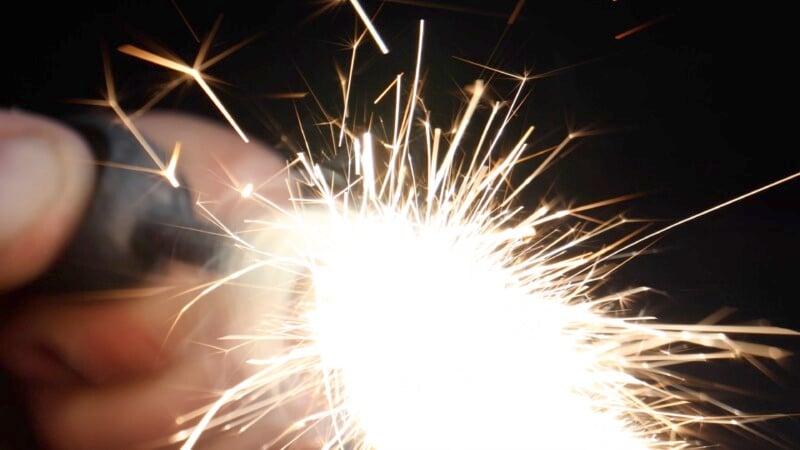
AstrHori 18mm f/8 Probe Lens: Let’s Probe Further
Obviously if you’re using a full-frame camera in full-frame mode, the original Laowa 24mm or its new peri-probe version are the way to go. But if you want to shoot in APS-C mode — AKA Super 35 — the AstrHori is a great choice given its much lower price and outstanding image quality. The slightly tighter frame of view is a detraction, but overall the new AstrHori 18mm f/8 probe lens has a lot going for it.
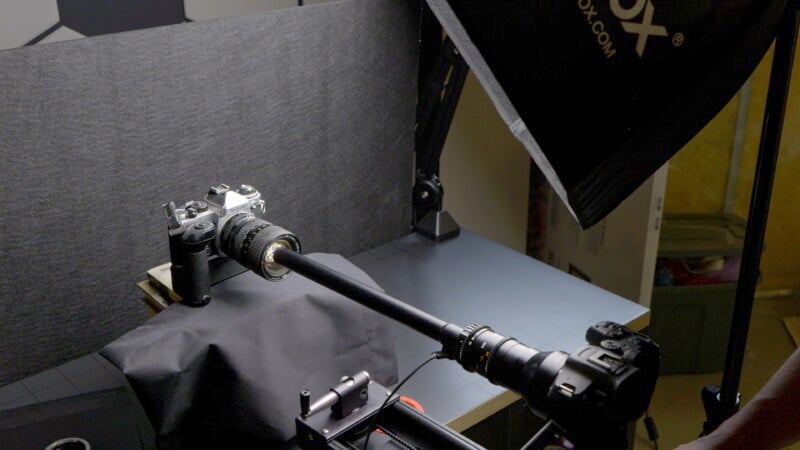
Are Thee Alternatives?
Obviously, as discussed, the Laowa 24mm still has some tricks up it sleeves, albeit at a much higher price. The periscopic version is even more fun to try.
AstrHori also make a full-frame 28mm f/13 probe lens that’s definitely worth checking out. However, if you are planning to shoot in an APS-C format, the 18mm is still the way to go.
Should You Buy It?
Yes. If you are gonna shoot the APS-C or Super 35 format, this is the way to go. Despite not being as wide as we thought, the superior image quality, and low price, make it a tempting offering.